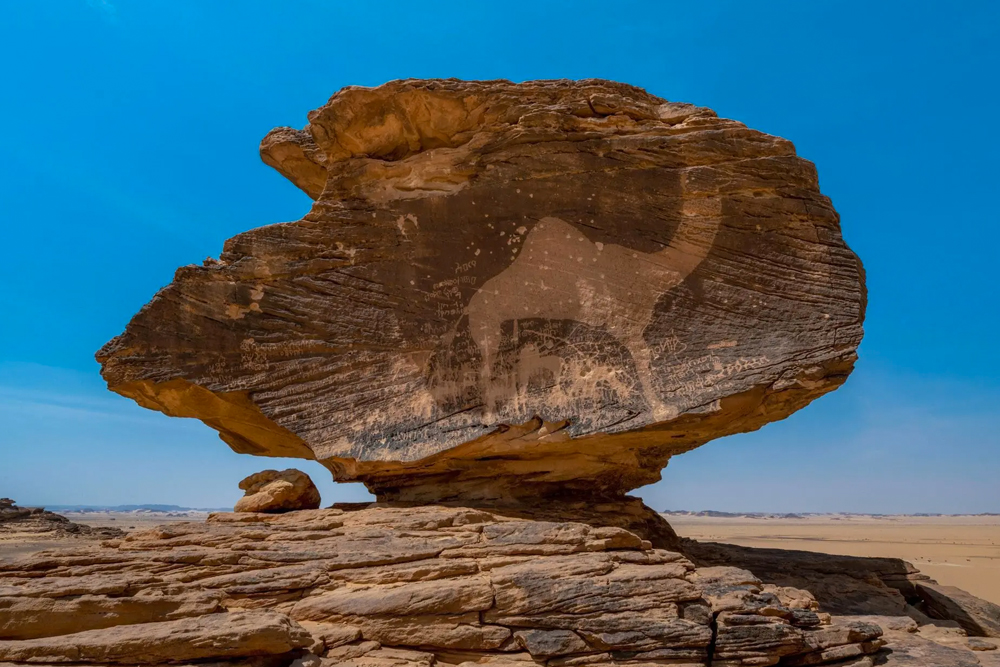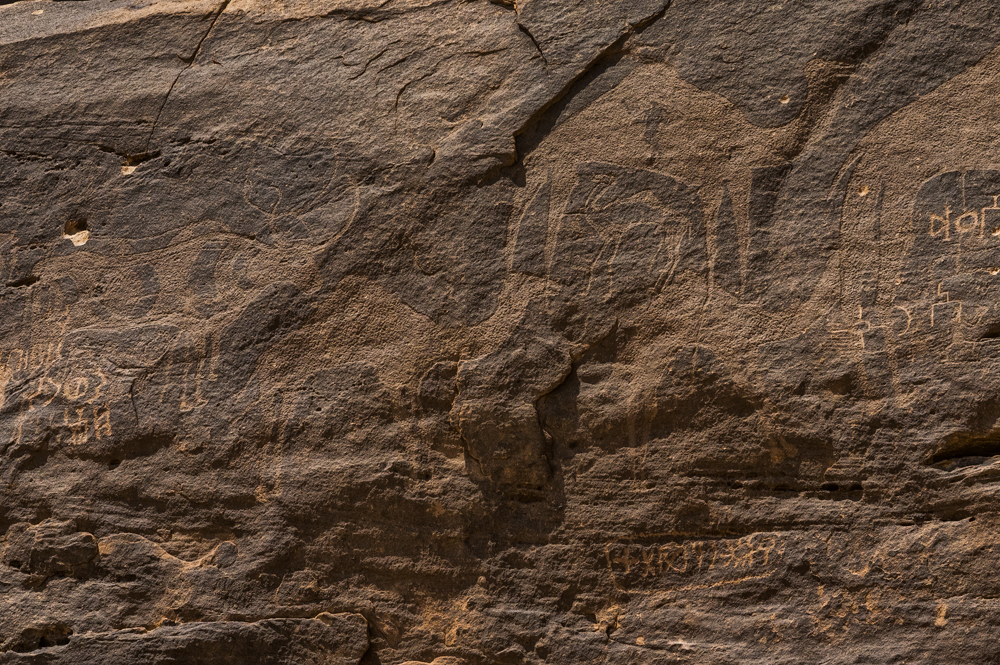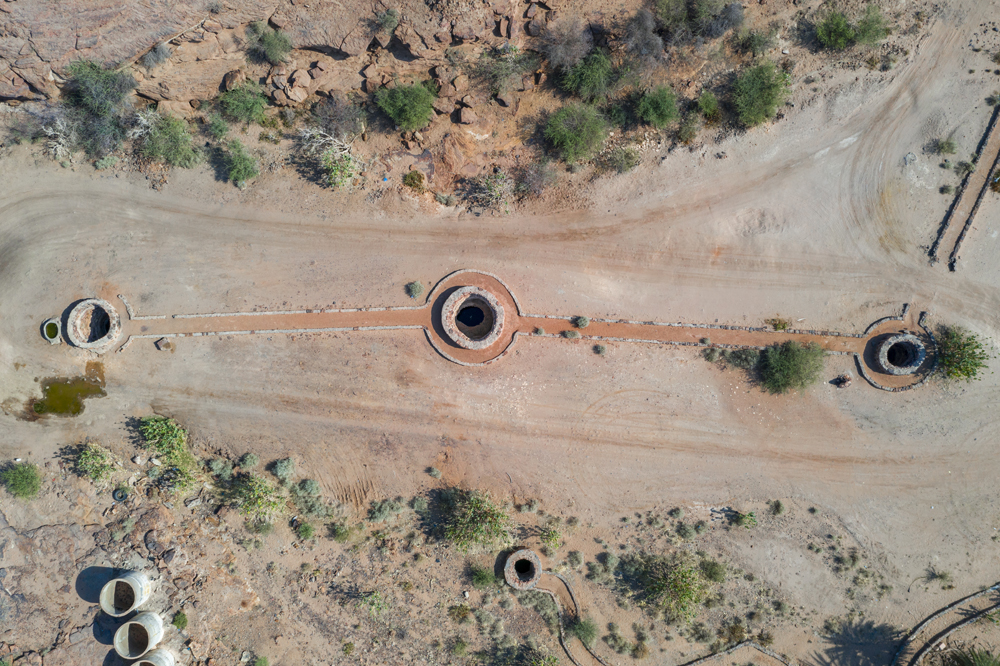
Joining cultural delights like Ad-Diriyah’s At-Turaif district, historic Jeddah and Al-Ahsa Oasis, Saudi Arabia’s Cultural Rock Arts in Himã Najrãn has been officially recognised as a World Heritage Site. Located in Najran, in the southwestern part of the country, the +3000-year-old ancient inscription and rock art complex became the sixth site in the Kingdom to be added on UNESCO’s World Heritage List during the 44th session of the World Heritage Committee, which took place in Fuzho, China.

The site is home to the densest and one of the largest ancient inscription and rock art complexes in the world, thanks to Hima being a strategic conduit for caravans on the trade and Hajj routes going to and from the southern parts of Arabia to the ancient world markets of Arabia, Mesopotamia, the Levant and Egypt. People who passed through the area between pre and post historic times left behind a significant collection of rock art, over 550 panels, depicting hunting, wildlife, plants, symbols and tools used at the time.

The location, which extends over 557 square kilometres, also boasts thousands of inscriptions written in several ancient scripts, including Musnad, Thamudic, Nabataean and early Arabic. Plus, there are the ancient Hima Wells, which provided a vital source of fresh water to the travellers who were crossing the Arabian deserts thousands of years ago. In fact, they still offer fresh water to the local community in the Najran desert.

“We are thrilled to have this exceptional ancient site recognised by UNESCO as a World Heritage Site. The area has outstanding universal value, providing us with many lessons about the evolution of human culture and life in ancient times,” Dr Jasir Alherbish, CEO of the Heritage Commission, said. “We are working to preserve the area and conduct research to further understand the rock inscriptions and are looking forward to welcoming more local and international visitors to come and see this historic cultural site for themselves.”
Last year, the commission, one of the Ministry of Culture’s 11 sector-specific agencies launched in 2020 to oversee the Kingdom’s heritage sector, announced a ground-breaking discovery. They found ancient human and animal footprints in Tabuk dating back over 120,000 years, marking the first evidence of human life on the Arabian Peninsula. The Kingdom has been taking serious measures towards protecting national and international heritage. In 2019, the Ministry of Culture signed a Memorandum of Understating with UNESCO to contribute $25 million to the organisation’s strategy for the preservation of heritage worldwide.
A complete list of Saudi Arabia’s UNESCO World Heritage List sites:
- Cultural Rock Arts in Himã Najrãn
- Al Hijr
- At-Turaif District in Ad-Diriyah
- Historic Jeddah
- Rock Art in the Hail region
- Al-Ahsa Oasis

















